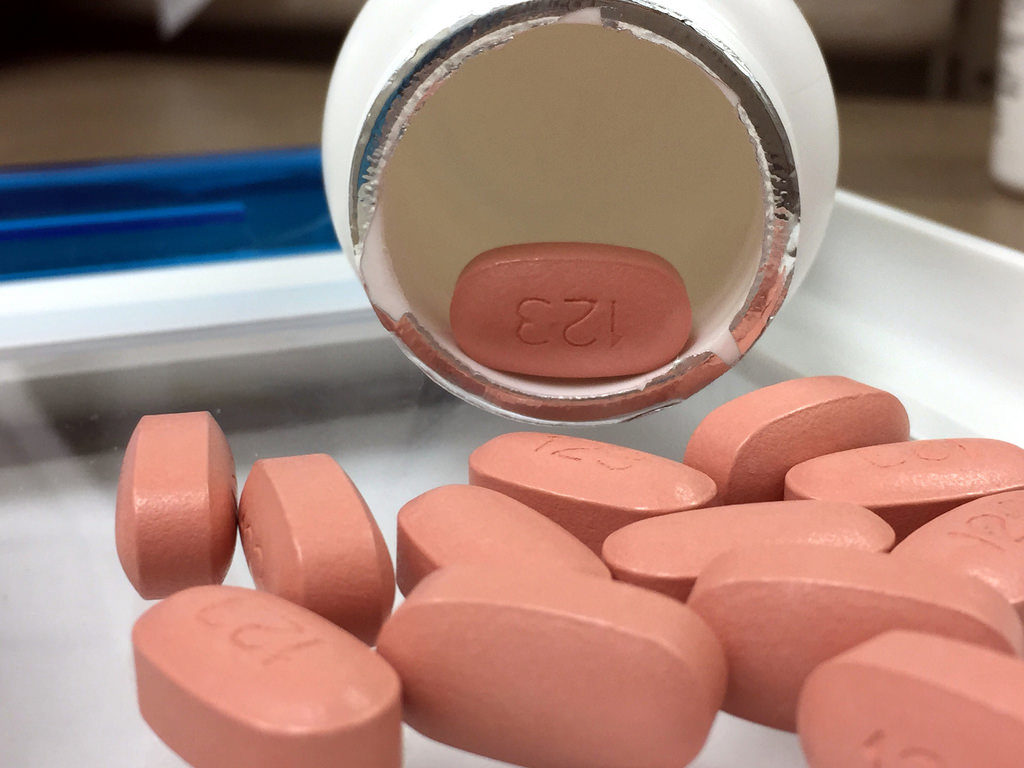Medicines for people living with HIV have improved greatly since they were invented, and now people can have the HIV virus be virtually undetectable in their body without many side effects. However, people with HIV still have to take their antiretroviral medication every day. A current goal is for people is to be in remission from HIV without the need for any medication. However, as of now, as soon as people stop taking their medication, the levels of HIV in their blood increase drastically.
To work toward the goal of stopping medication altogether, clinical trials have used short-term analytical treatment interruption (i.e. stopping the medication for short periods of time) to assess how effective certain strategies are in keeping the levels of HIV in the body very low or even undetectable without treatment. This treatment interruption strategy has been considered safe enough to use in trials, but researchers aren’t entirely sure how this impacts the immune system and the virus in HIV-infected people.
Recently, researchers at the National Institutes of Health, the Ragon Institute, and Brigham and Women’s Hospital looked at ten HIV-infected people who previously participated in another study. These people were both women and men, white and black, ranged from 33 to 59 years old, and were all on HIV medication prior to stopping treatment. These people have also all been virally suppressed (i.e. have had the HIV virus undetectable in their blood) for an average of 8.3 years. The overall goal for this research was to look at the effects of stopping treatment on different HIV parameters in these people’s blood.
First, the researchers attempted to measure the effect of the increase of HIV virus on the dynamics of HIV reservoirs (i.e. the amount of cells infected with HIV but not actively producing copies of HIV) after stopping treatment. Before stopping treatment, the average amount of virus was relatively low (less than 40 HIV RNA particles per milliliter of blood). After the treatment was stopped, HIV increased greatly (to an average of 30,950 HIV RNA particles per milliliter of blood). There was also a significant increase of HIV DNA in the immune cells (the cells that HIV targets) after the treatment was stopped. The median number of days that the treatment was stopped for these 10 participants was 57 days. However, once the participants started back on their HIV medication, the amount of HIV decreased in the blood over the next 6-12 months to end up at the same level as before stopping treatment.
The researchers also found that after stopping treatment and starting it again, there was no evidence of mutation of the virus that would lead the HIV to become resistant to the medications. Although the amount of immune cells decreased during the specific amount of time these participants were off treatment, there was no net difference in the amount of immune cells when comparing the participants before they stopped treatment, and after they were back on treatment for a while.
These results are very important, as they show that while the amount of HIV increases and the amount of immune cells decrease while the participants are off treatment, those amounts return to normal after the participants are put back on their medication. This means that this strategy can be used in clinical trials that are researching ways to having HIV-infected individuals go into remission without having to take any medication.


